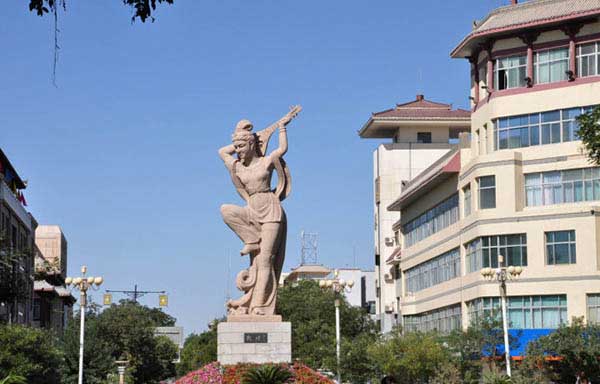- By admin
- In DunhuangArt
- 2017-12-11
Style and Artistry of Dunhuang Art
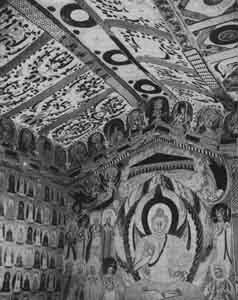 Interior of Cave No. 288 Western Wei. The Murals of Dunhuang Caves are rated among the rare treasures of the world not only for their enormous quantity, but also for their scale and richness of content and the consummate artistry with which they have been executed. Undoubtedly, they comprise China's great treasure house of ancient art.
Interior of Cave No. 288 Western Wei. The Murals of Dunhuang Caves are rated among the rare treasures of the world not only for their enormous quantity, but also for their scale and richness of content and the consummate artistry with which they have been executed. Undoubtedly, they comprise China's great treasure house of ancient art.
Changes in Buddhist thought at various points of history have dictated the different characteristics of the caves, the selection of themes for the murals and the overall layout of the caves. However, it is possible to put together a holistic picture of most of the caves. In general, they have decorated ceilings in chessboard or skyboard pattern and have painted stucco figures of deities on the altars and in the niches. The walls on the four sides are covered by murals of varied themes and the floor with lotus patterns. One enters the caves and senses a mysterious atmosphere far removed from our mundane world and is at once fascinated and overwhelmed by the splendour and magnificence of the murals and stucco images/dunhuang. It is not only the overall effect of the combination of architecture, stucco images/dunhuang and murals, but, more importantly, the distinctive Chinese styles which have wrought the powerful and everlasting enchantment of the Dunhuang murals.
The murals may be broadly divided into seven categories:
- Paintings of Buddha;
- Buddhist tales;
- Traditional mythological themes;
- Illustrations of the sutras;
- Decorative patterns;
- Paintings of Buddhist historical events and of auspicious signs and lessons on discipline;
- Portraits of donors
A national style develops only through the long history of its indigenous arts. The Dunhuang murals are no exception. They were created under the influence of the ideas and ideals as well as aesthetic temperament of China through art, language and expression of the national painting. It is the characteristic beauty of a national art which makes the murals attractive. However, the national style never remains constant; rather, it develops and changes along with the changing times. It always comes alive in the style of both an individual painter or a school of art specific to a period as well as in a particularly indigenous flavour.
The Dunhuang murals have passed through ten periods beginning from the Sixteen Kingdoms through the Northern Wei, Western Wei, Northern Zhou, Sui Dynasty, Tang Dynasty, Five Dynasties, Song Dynasty and Western Xia up to the Yuan Dynasty. They can be broadly divided into three stages of beginning, climax and decline. However, in every period, whatever its duration, Dunhuang art bears the distinct imprint of its own times, and is clearly distinguishable from one period to another.
Dunhuang art was in its formative stage during the period of the Sixteen Kingdoms. There was Chinese culture and art grown under the influence of Taoism and Confucianism during the Han and Jin Dynasties as exemplified in the tomb murals of the Wei and Jin Dynasties (in the Hexi corridor). They provided the indigenous foundation for receiving the Buddhist ideology and accepting the already well-shaped Buddhist art from the Western Regions which was spreading steadily eastward along the "Silk Road". All this inevitably exercised a decisive influence on the art of Dunhuang.
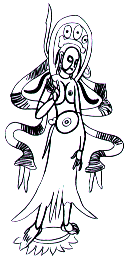 Cave No. 272, Northern LiangThe earliest of the handful of extant murals, painted in the Northern Liang during the period of the Sixteen Kingdoms, have as their central themes Buddha's life stories, Jataka tales as well as illustrations of Buddha preaching Dharma. Most of the figures are shown wearing flower garlands or jewel-studded crowns, curly hair falling over their shoulders. They have oval faces, sharp noses, large eyes, long and pendant earlobes and a sturdy physique. The upper torso is partly bare, their chests adorned with necklace, a broad shawl draped over the shoulders, and a long dhoti girdling the loins.* The Bodhisattvas and secular kings are all in the costume of Western Regions.** Women of the laity wear Kuca dresses
Cave No. 272, Northern LiangThe earliest of the handful of extant murals, painted in the Northern Liang during the period of the Sixteen Kingdoms, have as their central themes Buddha's life stories, Jataka tales as well as illustrations of Buddha preaching Dharma. Most of the figures are shown wearing flower garlands or jewel-studded crowns, curly hair falling over their shoulders. They have oval faces, sharp noses, large eyes, long and pendant earlobes and a sturdy physique. The upper torso is partly bare, their chests adorned with necklace, a broad shawl draped over the shoulders, and a long dhoti girdling the loins.* The Bodhisattvas and secular kings are all in the costume of Western Regions.** Women of the laity wear Kuca dresses
The background is of ochre-red on which appear simple and uninhibited colours. The technique of the three-dimensional method was adapted to achieve the light-and-shade effect of the faces. It was known as the "traditional method of Heavenly India" (Tianzhu yifa). Vermilion-red was always used for the contours of the face and the eye socket. These red circles formed by repeated application have now turned black. The eye and the bridge of the nose were painted with white powder. The colouring technique was to bring out the three-dimensional effect of the face and limbs of the figures. The figures were first sketched out in ochre; once the colouring was complete, vigorous and fine black lines were applied to finalize the contours.
The countenance, postures and the mood of the figures match with the milieu of the painting to produce an atmosphere of solemn and tranquil mystery. This is related closely to the religious practice of meditation prevalent in north China which endeavours to keep the mind away from the cares of the mundane world. This plain and solemn style followed the technique of the tomb murals of the Wei and Jin Dynasties in the Hexi region. The only departure from the tomb murals lies in the mood and the style which bear a marked influence of the Western Regions.
Related destinations
Why Choose Us?
We are the top Silk Road tour operator based in Dunhuang, China. We focus on providing well designed Silk Road China Tours with resonable price and thoughtful service.
- Easy & carefree booking
- The best value
- Great travel experience
- Locally operated
Hot Tours
-

6 days Gansu tour to Binglingsi, Xiahe and Langmusi
Tour type : Private tour Price : from *** Destinations : Lanzhou - linxia - Xiahe - Langmusi - Hezuo - Lanzhou -

12 Days Gansu Highlights Tour
Tour type : Private tour Price : from *** Destinations : Xian – Tianshui – Lanzhou – Xiahe – Langmusi – Hezuo – Zhangye – Jiayuguan - Dunhuang -
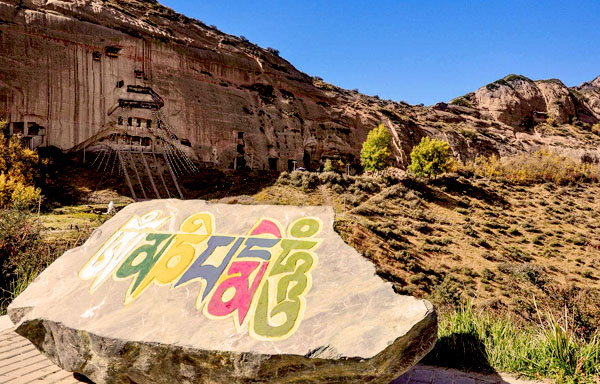
10 Days Silk Road Classic Tour
Tour type : Private tour Price : from *** Destinations : Xian - Zhangye - Jiayuguan - Dunhuang - Turpan - Urumqi -
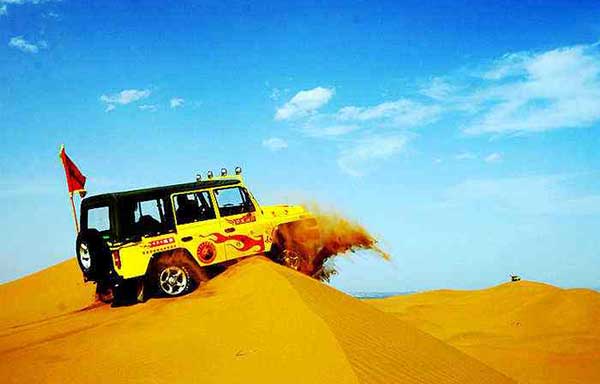
5 Days Zhangye - Alxa youqi Highlights Tour
Tour type : Private Tour Price : from *** Destinations : Zhangye - Alax youqi - Zhangye

